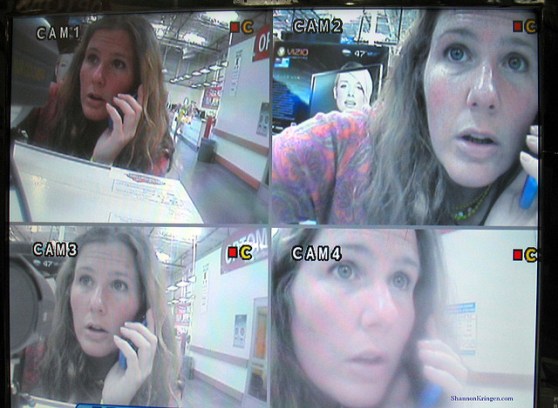The days of simple law-enforcement wiretaps for telephone surveillance are gone. Today’s digital networks break conversations into packets for transmission and reassembly at their destination, making them harder for law enforcement agencies to identify and monitor. Compounding the surveillance complexity are Federal laws that specify how and when law enforcement agencies may monitor individuals within of the United States.
James Clapper, the U.S. Director of National Intelligence, recently stated that “the NSA does not voyeuristically pore through U.S. citizens’ e-mails.” But leaks like those of Edward Snowden tend to confirm what many conspiracy theorists fear, that the United States security apparatus has become an ungovernable force. And it has many tools at its disposal.
There are extensive disclosures in patent applications at the U.S. Patent Office. Patent grants over the past decade illustrate a number of crafty surveillance techniques. Below are some of the patents we uncovered (by U.S. patent number):
- 8094791 – Verizon: Comparing keystrokes in order to biometrically authenticate a suspect caller’s identity.
- 8194825 – AT&T Mobility: Authenticating a caller by matching an expected “path delay” and alerting law enforcement.
- 7684547 – IBM: Moving a suspect VoIP call onto a monitorable analog circuit for surveillance by law enforcement.
- 6563797 – AT&T: Sending a distinct alert to law enforcement that differentiates normal incoming calls from surveillance calls.
- 8306190 – AT&T: Forking a voice call simultaneously to law enforcement in addition to connecting the intended endpoint.
- 7155207 – Nextel: Recording voice traffic and forwarding the content to a law enforcement agency whenever certain keywords are detected.
- 7730521 – Juniper Networks: Intercepting network data packets and mirroring them to law enforcement for analysis.
- 7764768 – Alcatel-Lucent: Separating a caller’s video, e-mail, and voice streams for delivery to a lawful monitoring system.
- 8270573 – Ericsson: Intercepting ringback tones, identifying the called party, and routing the tone to law enforcement for analysis.
The patent system advances a somewhat speculative constitutional charter. It allows the public to see the complete inventions in exchange for granting the inventor a limited monopoly. But there are no assurances that the patented inventions will become commercial products — so it’s anyone’s guess whether these patents are actually being used by their creators.
John Koenig is the founder of Compute Media and developer of “The Patent Studio.” You can follow him on Twitter at @johnkoenig. This post originally appeared on his website.
Top photo: Shannon Kringen/Flickr
VentureBeat's mission is to be a digital town square for technical decision-makers to gain knowledge about transformative enterprise technology and transact. Learn More

